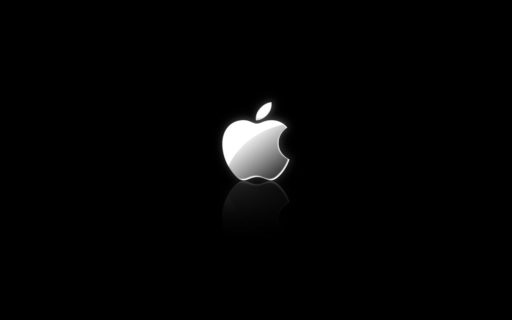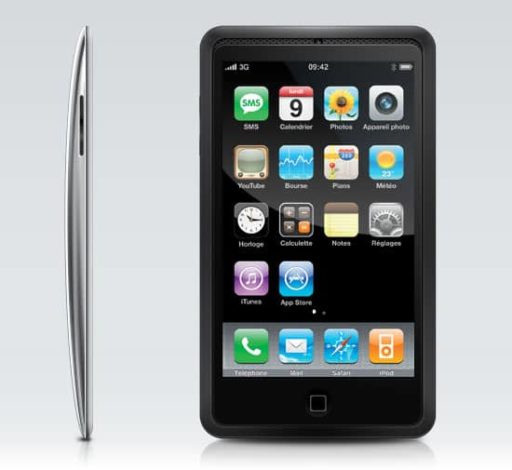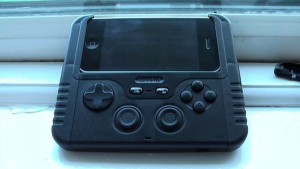Apple is working on an iPhone Nano a smaller and cheaper competitor to Google Android and to Have Edge to Edge Screen and Voice Navigation.iPhone Nano have no internal storage and will rely entirely on cloud-based content……
Apple is working on a smaller version of the iPhone 4 which will be released separately from the iPhone 5 this summer.The publication also reaffirmed that Apple has also worked on new iPhone software and hardware that would let customers choose a network directly from their handset, bypassing the carriers even more.WSJ reports that according to the person who has checked out the prototype of the smaller iPhone model, it was lighter and had edge-to-edge screen.
WSJ reports:
The person who saw the prototype of the new iPhone said the device was significantly lighter than the iPhone 4 and had an edge-to-edge screen that could be manipulated by touch, as well as a virtual keyboard and voice-based navigation.
WSJ also provides some more details of the revamped MobileMe service:
The new service would give users access to their iTunes libraries from, say an iPhone or iPad, instead of requiring that the devices be synced by cable with a computer and use space to store the actual files, the people said. The new service likely would be compatible with the iPhone 4, one of the people said.
This means that iOS device users will be able to finally access the iTunes library without syncing to the computer by cable, which is currently a major pain.Now, Cult Of Mac claims that Apple will cut costs on iPhone nano by reducing the on-board memory and will allow users to access their iTunes library wirelessly via the revamped MobileMe service.
Apple decided to lose some of the memory, which is by far the most expensive component of the iPhone (up to one-quarter of the device’s cost, according to iSuppli estimates).
By “some” of the memory, we mean ALL of the memory. The iPhone nano will have no memory for onboard storage of media, our source says. It will have only enough memory to buffer media streamed from the cloud.
“I’m talking strictly storage memory here,” said our source.
However, Cult of Mac has raised few pertinent questions on how the device would work without on-board memory:
The device cannot surely come without any memory — what about the operating system and critical system data?And what about pictures and movies taken by the iPhone, assuming it has a camera? No onboard memory means photos and video will have to be streamed UP to the cloud, and presumably in real-time.
The device will also have to stream a bunch of other data in real-time — from email attachments to documents and spreadsheets in users’ Home folders. Such a system must have some local storage, or could each and every piece of data be streamed to the iPhone’s RAM, and quickly swapped in and out depending on the task at hand? And what happens when the iPhone is inevitably offline?
And no more loading up movies for long-haul flights, I guess. Better hope more airlines start offering free WiFi by the summer.
iPhone Nano might sell for the full retail price of $200 without a contract. That’s hundreds of dollars cheaper than the current iPhone costs at full retail price. Without AT&T kicking in some cash, consumers would have to shell out $499 and $599 for the 16GB and 32GB models, respectively.Even the most-capable, highest-end Android devices fall under the magical $200 price point (when subsidized). Apple’s iPhone ranges up to $299 for the 32GB model, and its 16GB model is $199 with AT&T’s support. While consumers can get an older iPhone 3GS for $99, carriers have dropped prices on stellar Android phones to $99, $49 and even $0.00.Low price points on entry-level Android handsets have helped Google’s Android platform penetrate into the smartphone market and steal would-be customers from the iPhone. Apple wants to stop that.




